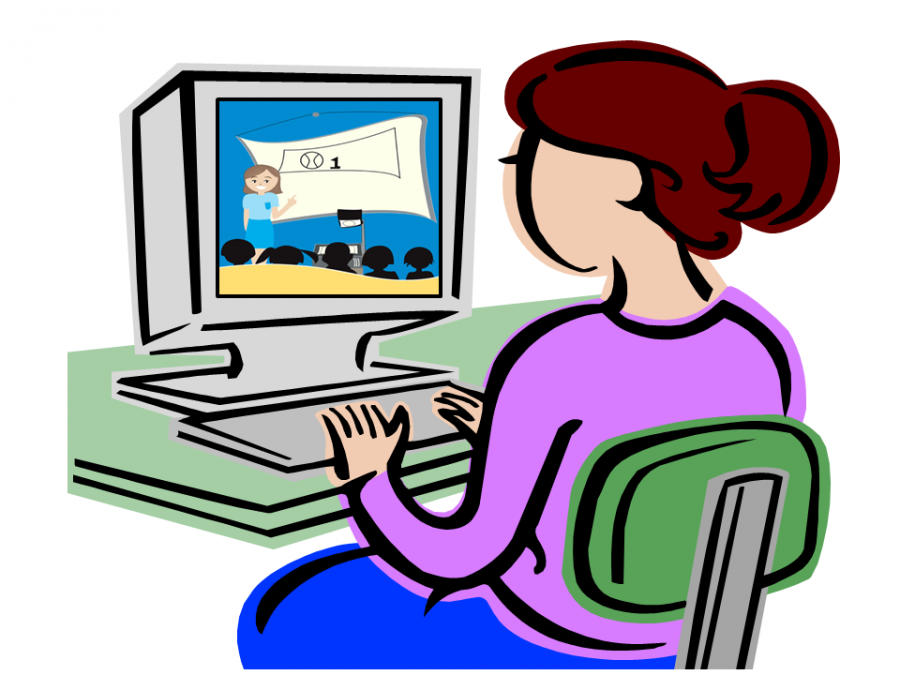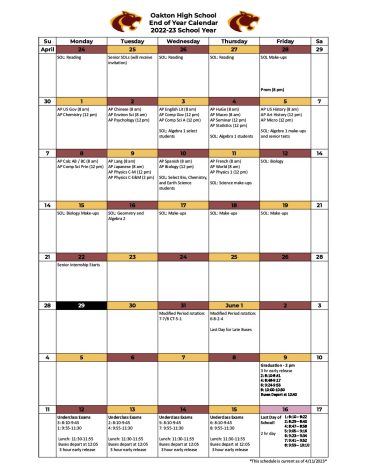Teachers who have adjusted well to distance learning
Oakton students share their positive experiences with teachers during the first quarter of online school
The first quarter of this unconventional school year is officially over. Online school has certainly proved to be a struggle for many students who have yet to be adjusted to the new learning environment. As much as students have been struggling, however, the teachers are under a lot of pressure, as well. Having to adjust their lesson plans and teaching methods to fit distance learning can be extremely difficult when there is nothing but a computer screen between teachers and their students. It is clear that teaching remotely has brought an abundance of problems and setbacks to teachers around the country, but a few Oakton teachers have found a way to make it work the best they can.
Physics teacher Ms. Hart is a great example of a teacher who many students believe has adjusted to the online learning format well. According to her student, Sally Park (12), “she’s a very understanding teacher and takes into consideration of everything going on.” Park goes on to say that there isn’t anything she particularly misses from regular in-person school since Ms. Hart has found a way to make her class engaging and understandable in the new digital space. It is also important to mention, as Park continues, that “she has one platform where we do schoolwork instead of having many platforms where we have to keep up in date with.” This is also extremely important because going to school in times like this is already stressful enough without the added pressure of navigating a whole new classroom environment and learning style. Ms. Hart also ensures that in her class, the workload is “not overwhelming or too little” allowing her students to grasp the information they need for the class without overwhelming them in an already difficult situation.
Another Oakton student, Reva Nair, talks about the flexibility with assignments and the number of resources she receives from Multivariable Calculus teacher Mrs. Fitz. “I can always send her a message on Remind if I have a question,” explains Nair, “or visit her during office hours.” Nair also discusses how she “[misses] collaborating with everyone and the social interaction aspect” which is necessary for success, especially in difficult classes. Mrs. Fitz, however, still utilizes breakout rooms well, allowing students to get some sort of interaction, even though it can never be the same as being in-person. Online school can be tough, and for that reason, students like Reva appreciate “[taking] some time in class…to do something fun or talk about something positive in our lives.” This certainly brings a refreshing change from the monotonous class-to-class routine.
It is clear that online school is the future, at least for the majority of the 2020-21 school where, although students are expected to be phased back into in-person school, it will certainly not be full time. This means that learning to adjust to a digital classroom environment is imperative for students and teachers alike. Hopefully, everyone will be able to take what they have learned from the first quarter and use that next quarter to be better prepared and more successful for the remainder of this crazy school year.
Hi! I'm Shevany and I'm a senior at Oakton High School. This is my second year writing for the Oakton Outlook and I'm super excited to be an editor this...






